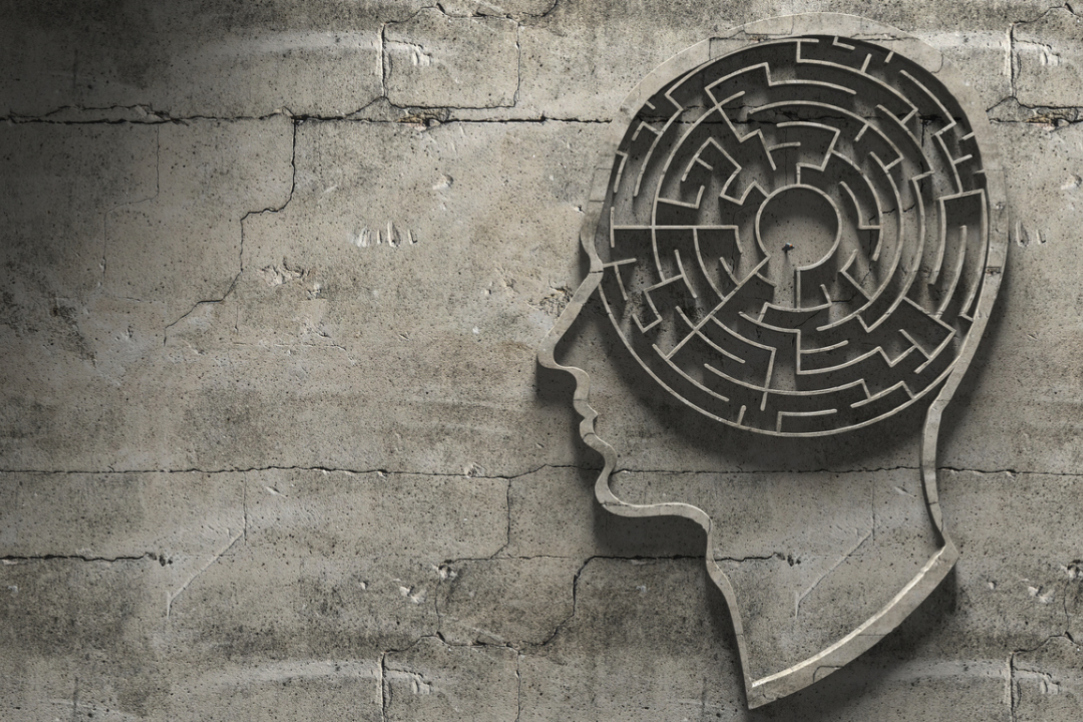
Researchers Propose New Approach to Post-Stroke Rehabilitation
The existing approach to brain stimulation for rehabilitation after a stroke does not take into account the diversity of lesions and the individual characteristics of patients’ brains. This was the conclusion made by researchers of the Higher School of Economics and the Max Planck Institute of Cognitive Sciences in their article, ‘Predicting the Response to Non-Invasive Brain Stimulation in Stroke’.
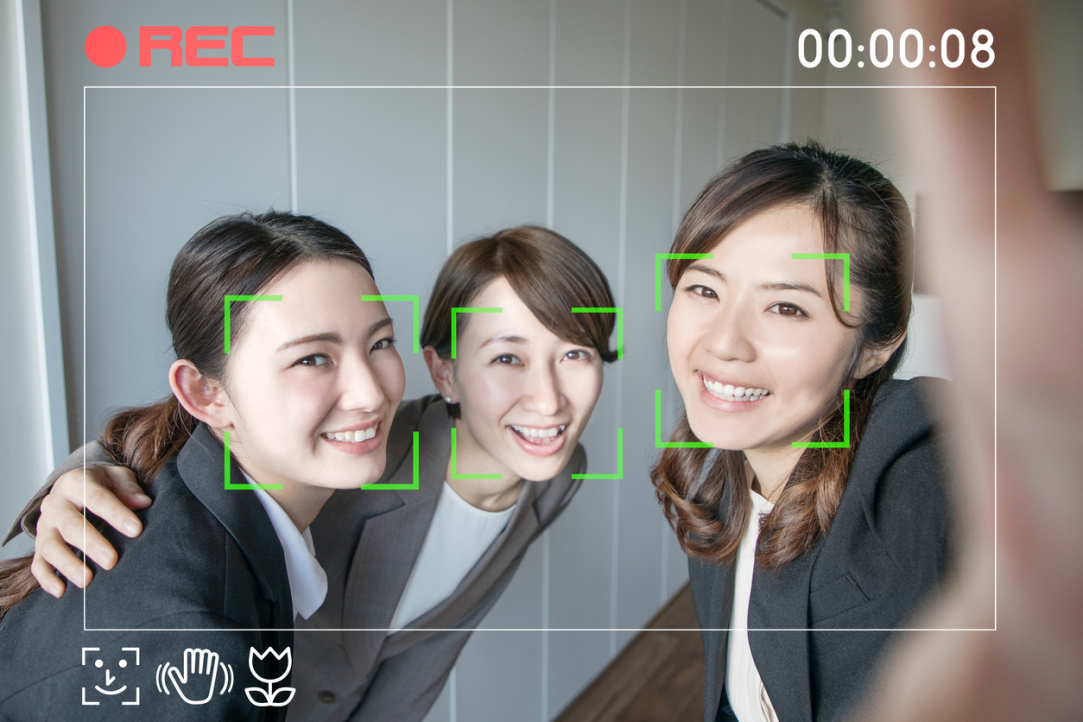
Researchers Teach Neural Networks to Recognize Similar Objects on Videos without Accuracy Degradation
Andrey Savchenko, Professor at HSE University, has developed a method that can help to enhance image identification on videos. In his project, a network was taught by a new algorithm and can now make decisions on image recognition and classification 10 times faster than before.
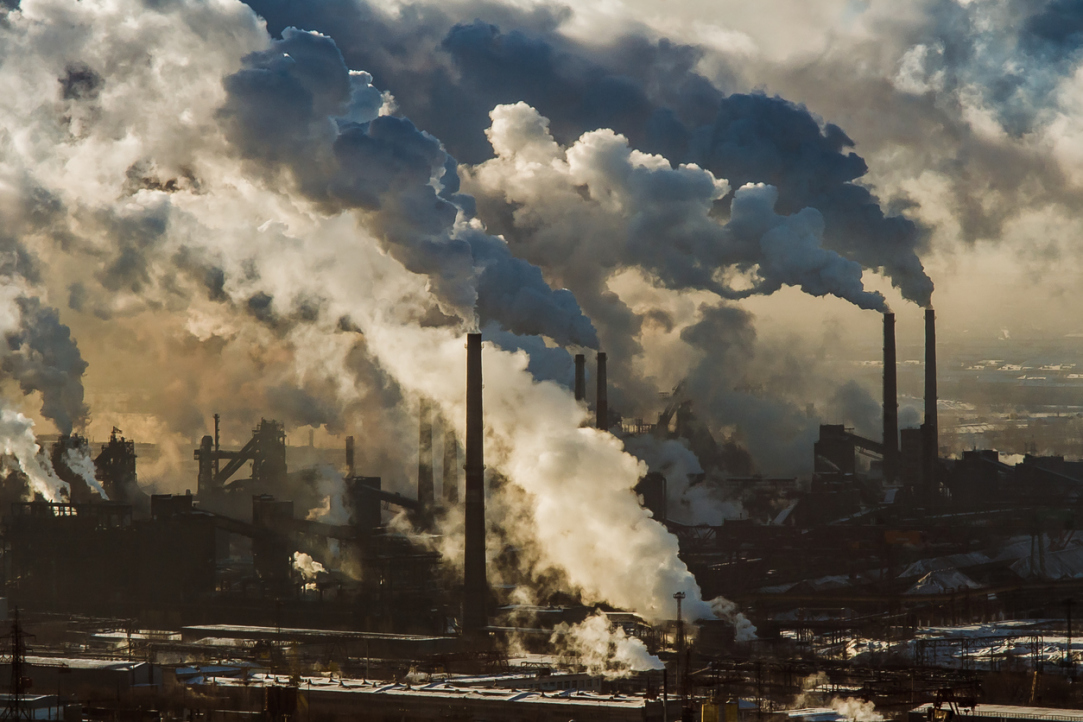
‘Green’ Taxes: An Analysis of Climate Policy Effectiveness
It is believed that carbon dioxide emissions into the atmosphere are mainly regulated by ‘direct’ economic instruments - the carbon tax and the Emissions Trading System (ETS). However, a comparative analysis has shown that ‘indirect’ instruments, such as excise taxes on motor fuel and other energy taxes, did not yield any lesser impact than their ‘direct’ counterparts, and, over time, were even more effective. This is the conclusion drawn by HSE researcher Ilya Stepanov in his article, ‘Taxes in the Energy Sector and Their Role in Reducing Greenhouse Gas Emissions’.
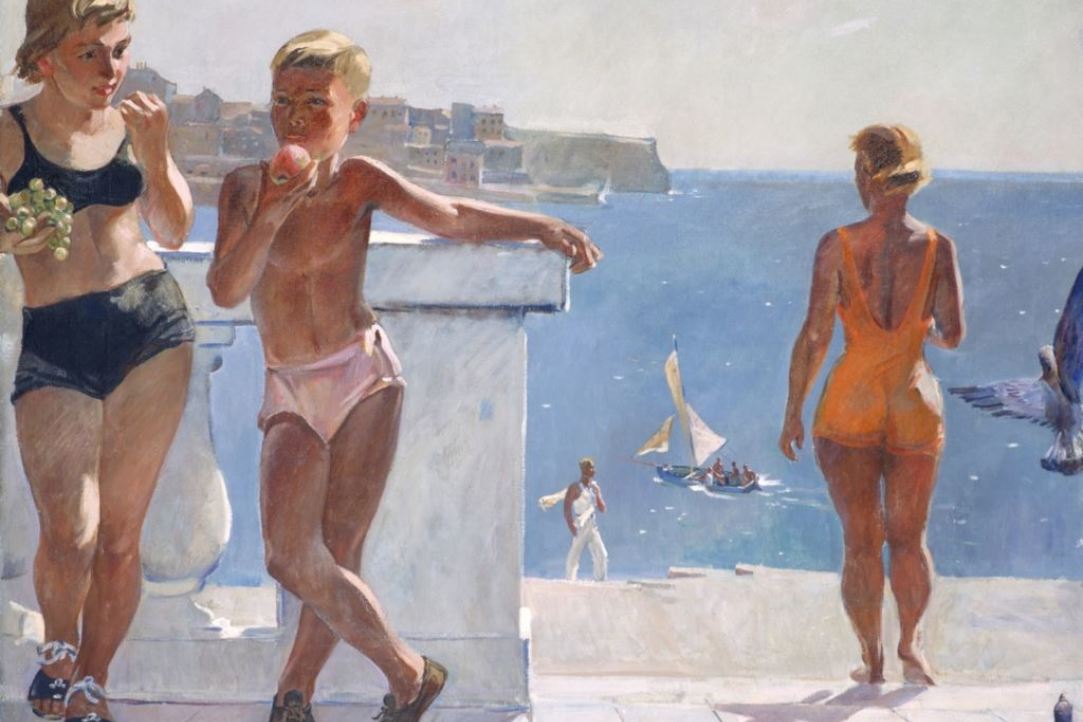
Young People (Don’t) Like Healthy Lifestyle
University-age students in large cities show little concern for their health and do little to care for themselves. This is the finding of a survey conducted in Moscow, St. Petersburg, Yekaterinburg and Perm.

Scholars Investigate How Mirror Activity Works
A team of researchers from Germany and Russia have demonstrated that long contraction of muscles in one hand increases involuntary reaction of the other one. Meanwhile, the time between muscle contractions in both hands decreases. The results of the study have been published in the paper ‘Inverse relationshipbetween amplitude and latency of physiological mirror activity during repetitive isometric contractions’ in Neuroscience.
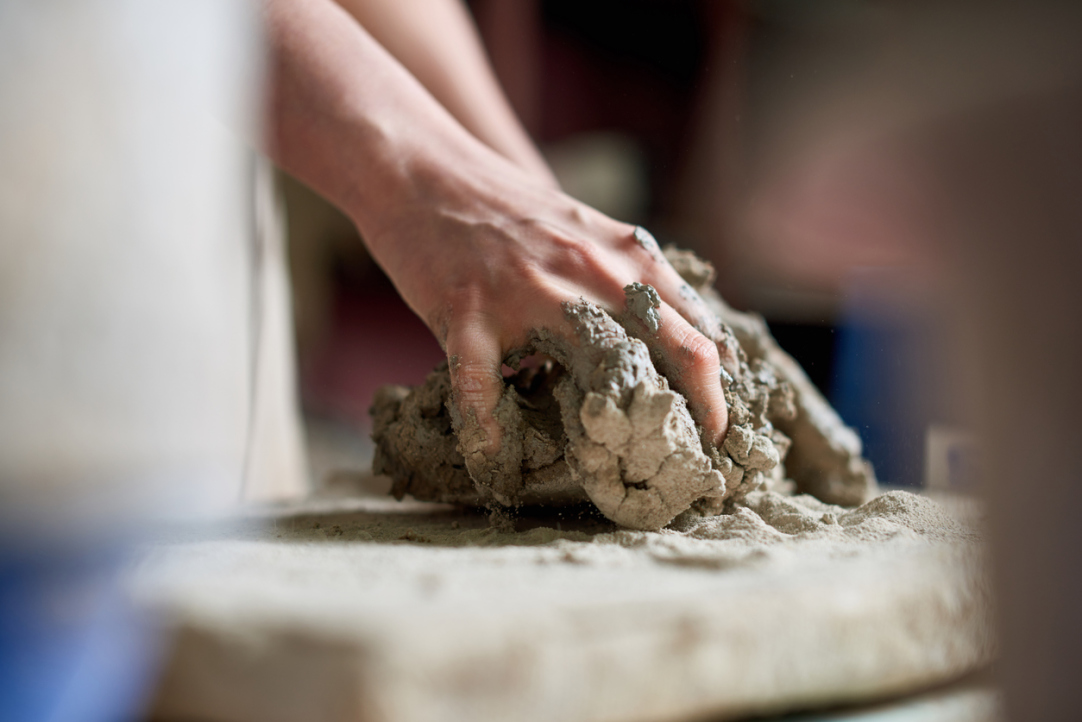
Emotions from Touch: What Textures Bring Happiness, and What Cause Anger
Touching different types of surfaces may incur certain emotions. This was the conclusion made by psychologists in a recent empirical study. Previously, emotional perception was generally studied in relation to visual and audial modalities.
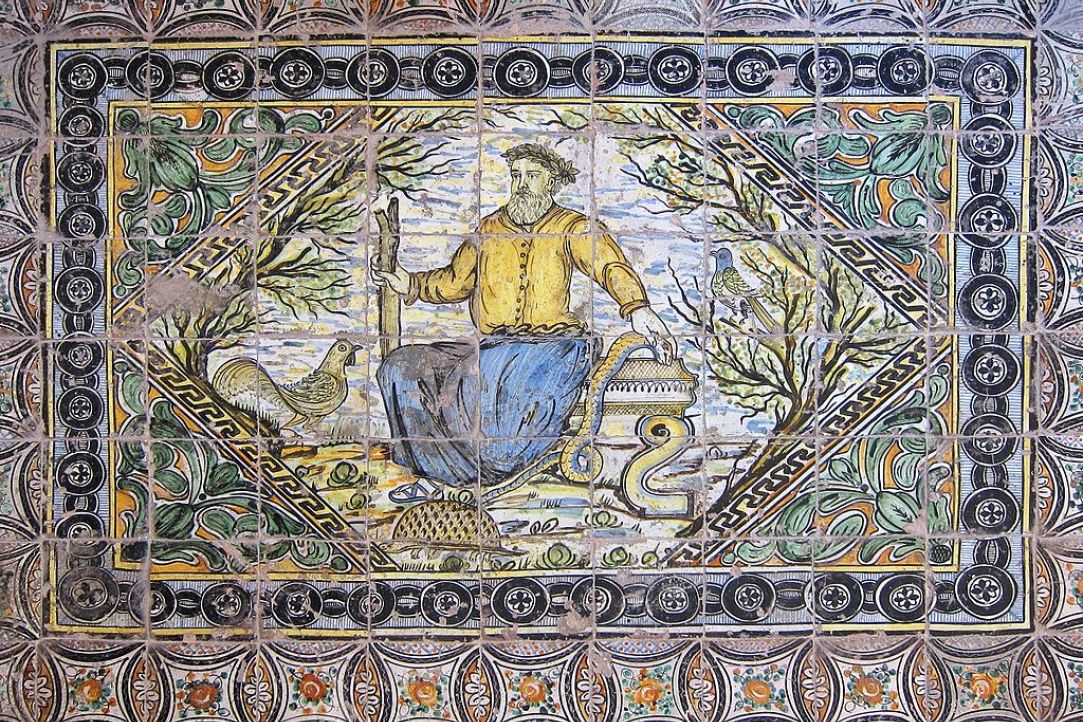
People Are Healthier Now: The Way the Russian Population Feels
Russians have been estimating their general health as better over recent years, and life expectancy has been growing. Meanwhile, Russia is still falling behind EU countries according to this indicator. Alexander Ramonov, researcher from the HSE Institute of Demography, studied the reasons for this.
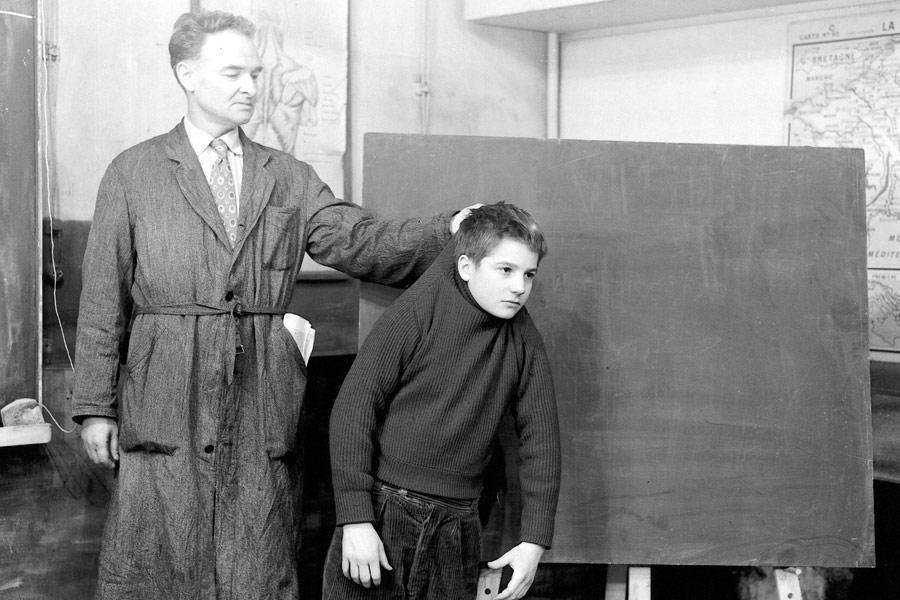
Fighting Academic Failures: How to Prevent Underachievement at School
Children from undereducated, low-income families face a greater risk of poor academic performance. But schools are capable of decreasing these risks. Experts from the Center of Social and Economic School Development at the HSE Institute of Education have studiedinternational experience in addressing these challenges.

Russian Scientists Discover One of the Mechanisms of Water Formation on the Moon
The results of recent study conducted by the NASA Lunar Reconnaissance Orbiter, the agency’s automatic interplanetary station, show the existence of a ‘permafrost’ near the poles of the Moon with a relatively high content of water ice (up to 5% by weight). It is believed that water ice could supply a life support system for the future Russian Lunar Station and that it could also produce hydrogen-oxygen fuel for flights into deep space.
.png)
Russia’s Middle Class: Who Are Its Members and How Do They Spend Their Money?
The HSE Centre for Studies of Income and Living Standards studied the dynamics of the middle class and its behaviour with regard to paid services. The study was based on data drawn from the HSE Russian Longitudinal Monitoring Survey (RLMS-HSE) for the years 2000 to 2017, and the results were presented at the 20th April International Academic Conference hosted by HSE.


Deadline for submissions - June 23, 2025